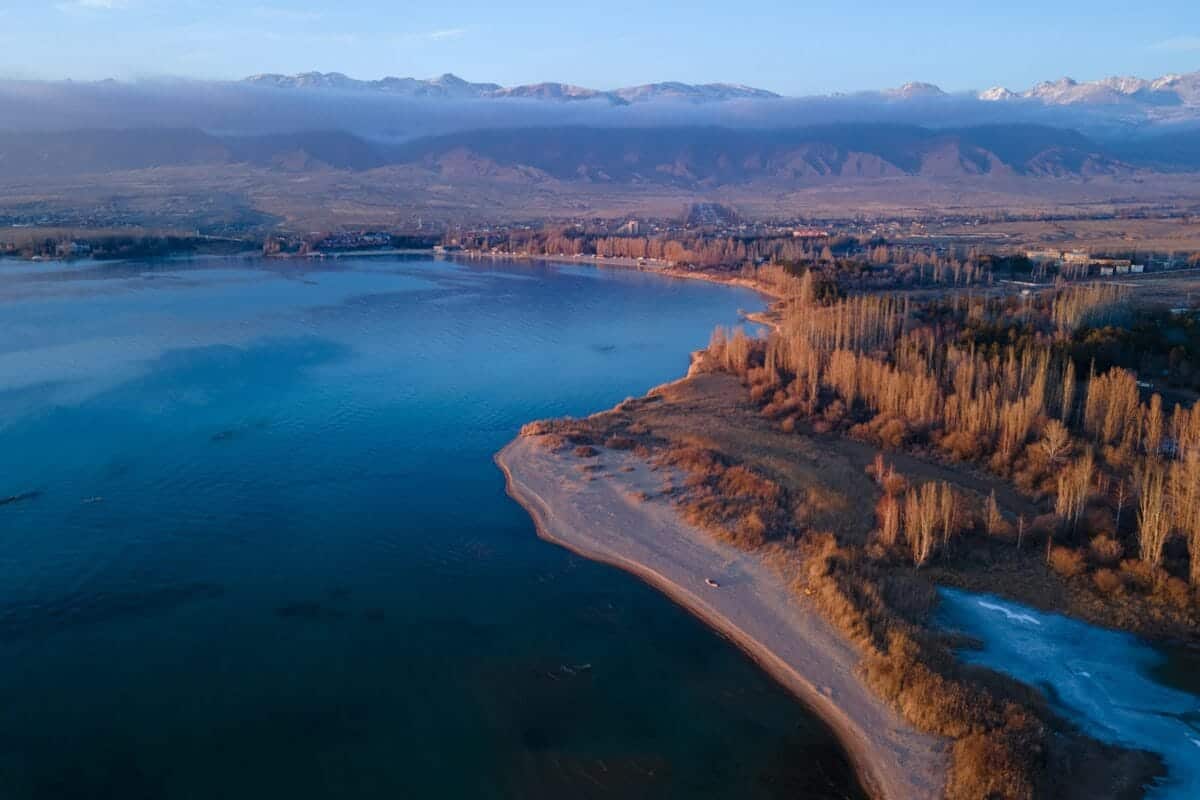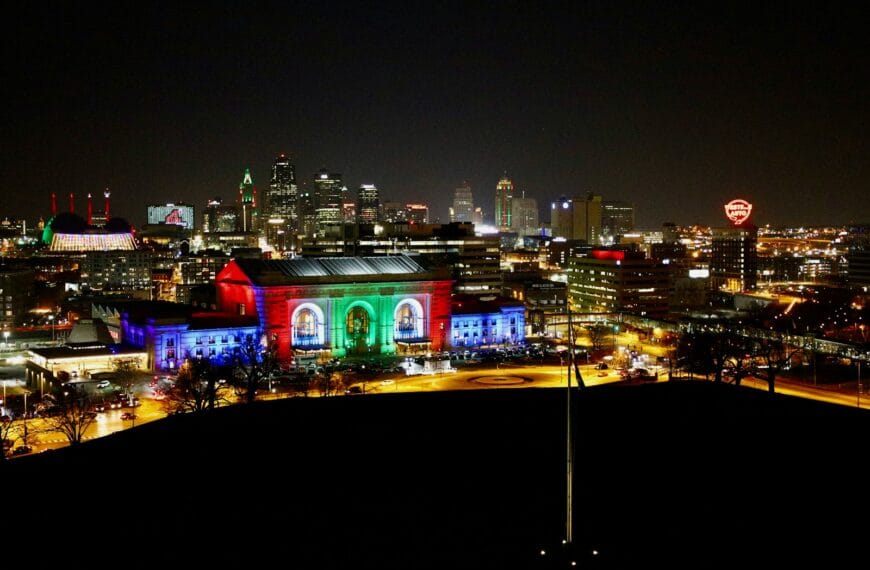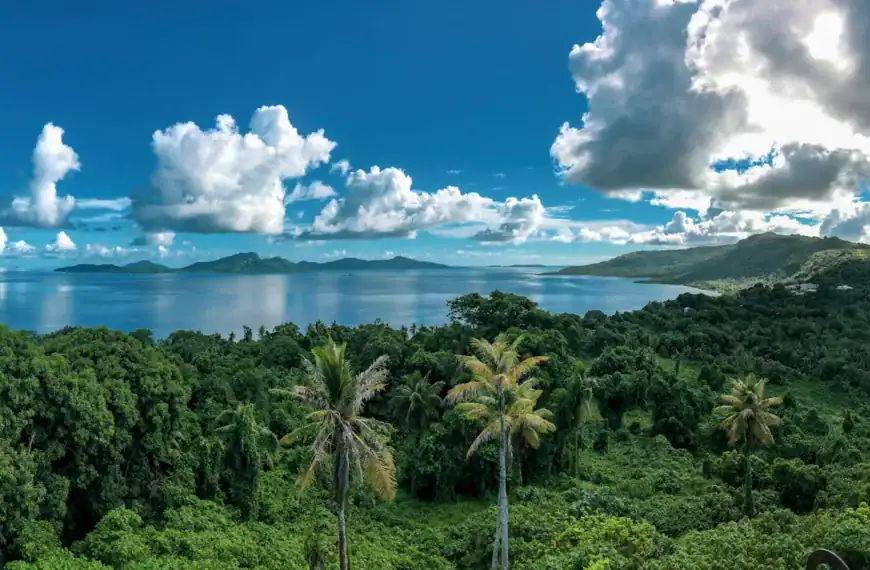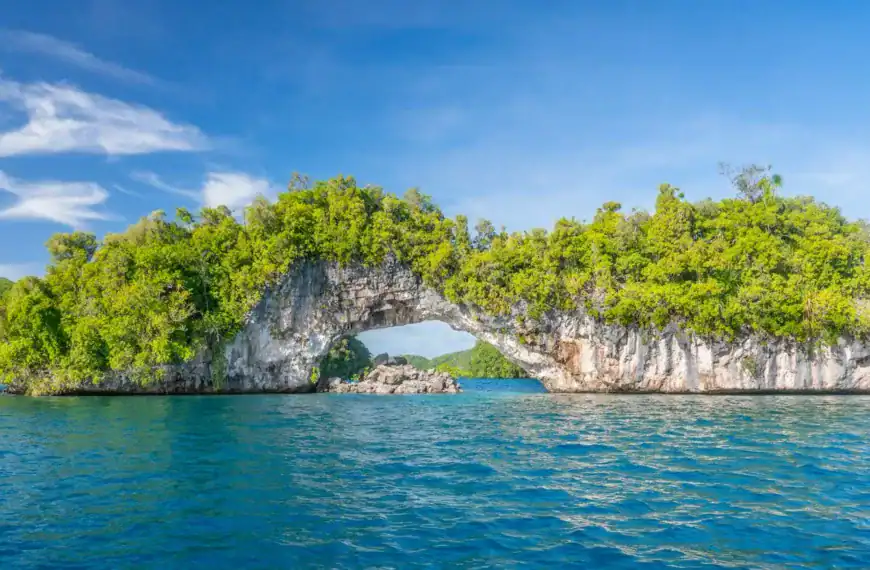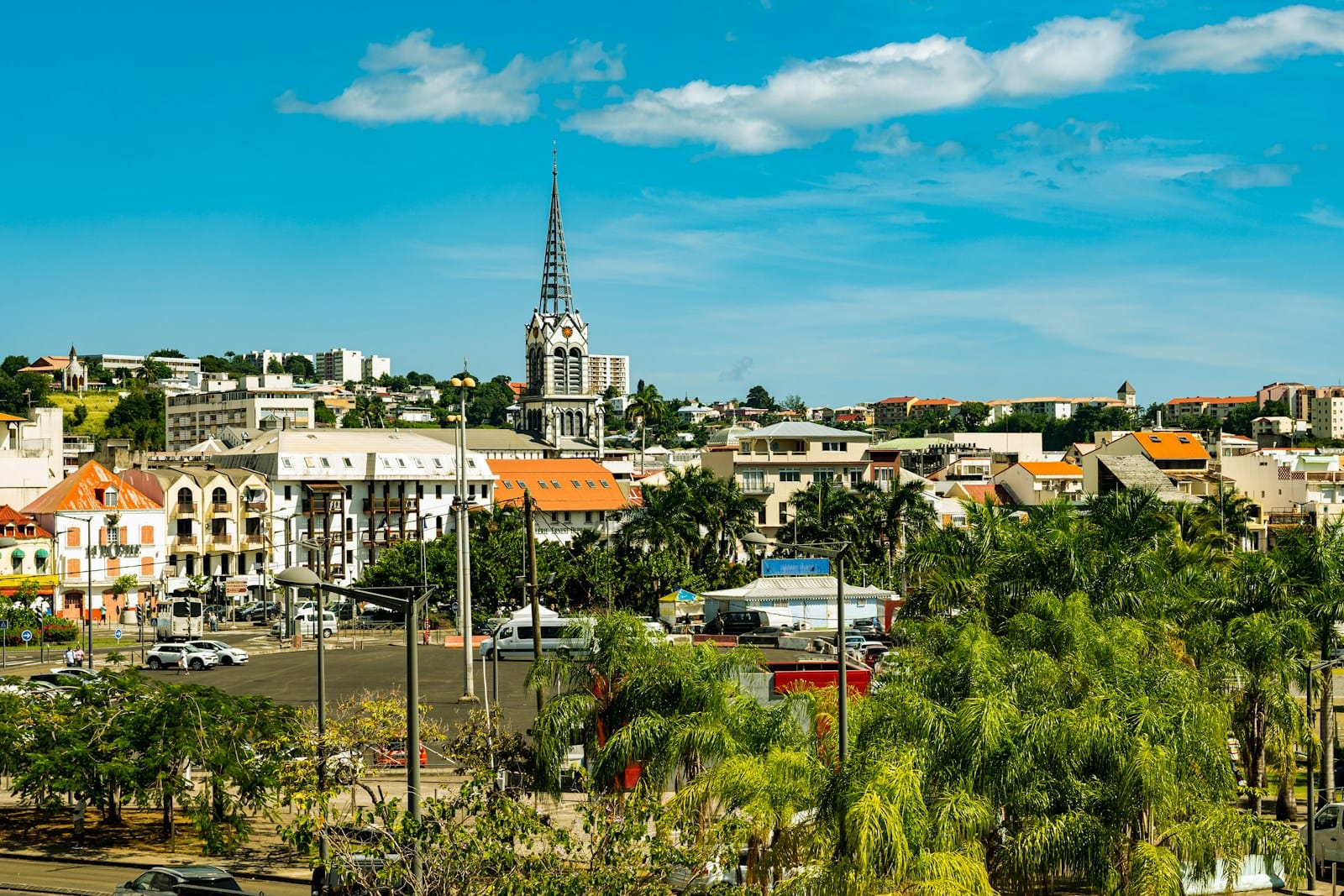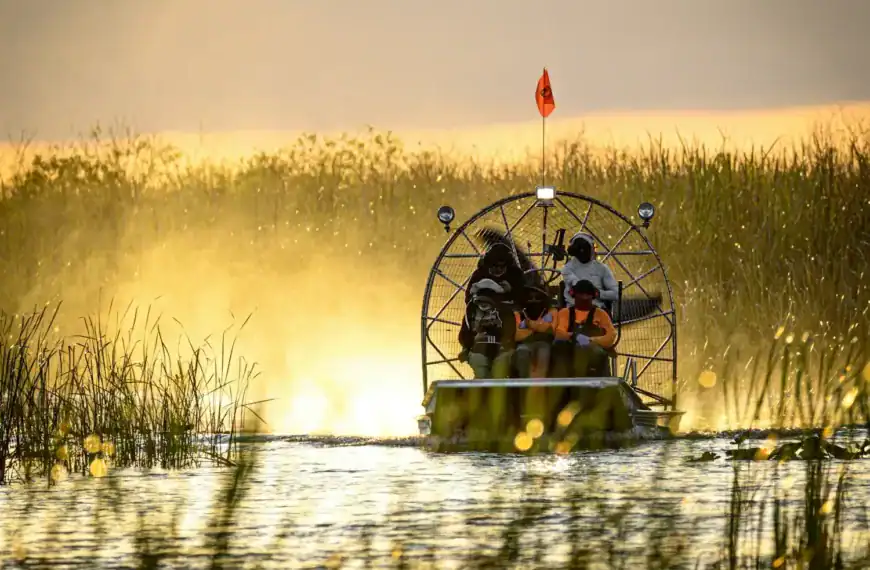Kyrgyzstan Travel Guide: Silk Road History & Alpine Treks
Intro to Kyrgyzstan Travel Guide
Kyrgyzstan is a land of raw nature and ancient rhythm, where snow-capped mountains ripple across the horizon and yurts still dot the grasslands. Here, Silk Road history, horseback treks, and warm hospitality converge under an open sky. It’s Central Asia’s most accessible adventure — unspoiled, soulful, and endlessly photogenic.
Start planning your journey with our complete Kyrgyzstan tour guide — from high-altitude lakes and nomadic culture to off-the-grid villages and warm local welcomes.
Provinces to Explore in Kyrgyzstan
Batken | Chuy | Issyk-Kul | Jalal-Abad | Naryn | Osh | Talas
💡Quick Facts:
Destination: Kyrgyzstan
Continent: Asia
Area: 199,951 km²
Population: ~6.7 million
Density: ~33/km²
Capital: Bishkek
Regions: Chüy, Issyk-Kul, Naryn, Talas, Jalal-Abad, Osh, Batken
Official Languages: Kyrgyz, Russian
Currency: Kyrgyzstani som (KGS)
Time Zone: UTC+6
Main Airports: Manas International Airport (FRU), Osh International Airport (OSS)
Climate: Continental, cold winters, hot summers
Known For: Tian Shan Mountains, Issyk-Kul Lake, Silk Road heritage, nomadic traditions, yurt stays
🛂Arrival Info:
Visa-Free Entry: 60–90 days for 60+ countries including EU, UK, USA, Canada, Australia, Japan
eVisa Available: For other nationalities via evisa.e-gov.kg
Visa Required: For some African, South Asian, and Middle Eastern countries
Overland Access: Possible via Kazakhstan, Uzbekistan, Tajikistan, China (Irkeshtam/Torugart Pass)
Passport Validity: Minimum 6 months beyond entry
💉Health Info:
Required: None
Recommended: Hep A, Typhoid, Tetanus, Rabies (for animal exposure or trekking), COVID-19
Healthcare: Basic in rural areas; better in Bishkek and Osh (private clinics)
Altitude Sickness: Common in high passes and hikes (3000m+)
Insurance: Strongly recommended for trekking, evacuation, and medical care
Travel health updates — get coverage here
Stay Informed with Official Updates: World Health Organization – International Travel and Health | Centers for Disease Control and Prevention – Global Travel Health
🚨Travel Advisory:
Safety Level: Generally safe, especially for tourists
Risks: Poor road conditions, rockfalls, border tensions (Batken area)
Emergency Numbers: 101 (fire), 102 (police), 103 (ambulance)
Border Zones: Special permits may be required – check local advisories
Stay Informed with Official Updates: US Travel Advisory | UK Foreign Travel Advice
📅Holidays:
Independence Day: August 31
Nowruz (Persian New Year): March 21
Victory Day (WWII): May 9
Constitution Day: May 5
Eid al-Fitr & Eid al-Adha: Observed nationally based on lunar calendar
💰Money Matters:
Currency: Kyrgyzstani Som (KGS)
Cards: Limited acceptance – cash is king, especially outside Bishkek
ATMs: Available in cities, rare in villages
Tipping: Not expected, but 5–10% appreciated in restaurants and by drivers
Duty-Free Limits: 1L alcohol, 200 cigarettes; amounts over USD $10,000 must be declared
✈️Airports:
Manas International Airport (FRU) – Bishkek
Main international gateway, ~25 km from city
Airlines: Turkish Airlines, Aeroflot, Pegasus, Air Astana, FlyDubai, Uzbekistan Airways
Airport buses, taxis, and private transfers available
Osh International Airport (OSS)
Southern hub for travel to Fergana Valley and Pamir Highway
Issyk-Kul International Airport (IKU)
Seasonal flights and domestic gateway to Lake Issyk-Kul region
🚍Transport:
Shared Taxis & Minibuses (Marshrutkas): Most common and affordable
Long-Distance Buses: Available between major towns, but slower
Domestic Flights: Limited and often seasonal
Car Rentals: Available in Bishkek with or without driver (4×4 recommended for mountain routes)
Trekking & Horseback Tours: Popular for national parks and yurt stays
📶Connectivity:
SIM Cards: Beeline, MegaCom, O! – bring passport to register
Wi-Fi: Available in hotels, cafés, and coworking spaces in Bishkek
Rural Access: Spotty or nonexistent in mountains and small villages
VPN: Recommended for secure browsing and accessing international content
📜Laws & Etiquette:
Drinking Age: 18+
LGBTQ+: Legal but low visibility; discretion recommended
Dress Code: Casual in cities, conservative in villages and religious sites
Etiquette Tips:
Remove shoes indoors
Handshake greetings common; use right hand for eating and exchanges
– Always ask permission before photographing people or homes
🛡️Emergency Info:
Emergency Numbers: 101 (fire), 102 (police), 103 (ambulance)
Hospitals: Bishkek has international clinics; basic care outside major cities
Tourist Police: Present in Bishkek
Insurance Tip: Must cover trekking, off-road driving, evacuation from high-altitude zones
🌦️Weather:
Climate Type: Continental highland
Winter (Nov–Mar): Cold and snowy – below freezing, especially in mountains
Summer (Jun–Aug): Warm to hot in lowlands, mild in alpine regions – 25–35°C (77–95°F)
Spring/Fall: Ideal for trekking, fewer tourists – 10–25°C (50–77°F)
Best Time to Visit: May–September for outdoor activities, festivals, and clear mountain trails
Weather Forecast
Kyrgyzstan by Region – Where to Go
Despite its modest size, Kyrgyzstan’s geography is diverse and dramatic. Here’s how the country divides regionally.
Bishkek & the Chüy Valley
The capital, Bishkek, is a laid-back Soviet-planned city with leafy parks, cafés, bazaars, and mountain views. Nearby, Ala-Archa Gorge is a local favorite for hiking, and Burana Tower offers a peek into the country’s Silk Road past.
Issyk-Kul Region
Lake Issyk-Kul is Central Asia’s “beach” — ringed by mountains and peppered with villages, beach resorts, and ancient petroglyphs. The north shore (e.g., Cholpon-Ata) is more developed, while the south shore (e.g., Karakol, Tamga) is quieter and more scenic.
Eastern Kyrgyzstan (Karakol & Jeti-Ögüz)
This area blends alpine meadows with adventure basecamps. Karakol is the trekking hub for Altyn Arashan, Jyrgalan, and Terskey Ala-Too range. Jeti-Ögüz, with its red rock formations, offers day hikes and yurts.
Naryn & Central Kyrgyzstan
The wild heart of the country. Here lies Tash Rabat, a Silk Road caravanserai, and Song-Kul Lake, one of the best places to experience nomadic yurt stays, horseback riding, and star-filled skies.
Osh & the Fergana Valley
The south’s largest city, Osh, is one of the oldest settlements in Central Asia. Visit Sulaiman-Too Sacred Mountain, bustling bazaars, and Uzgen minaret. The fertile Fergana Valley is ethnically diverse and agriculturally rich.
Western Kyrgyzstan (Talas & Arslanbob)
Home to walnut forests, green valleys, and fewer tourists. Explore Arslanbob for waterfalls and homestays, or hike in Talas, a remote land of myths and lakes.
Top Places to Visit in Kyrgyzstan
From ancient caravan sites to alpine treks, these are the best places to visit in Kyrgyzstan.
Cultural & Historic Cities
- Bishkek – A green capital with Soviet monuments and lively bazaars
- Osh – Silk Road soul, mountaintop shrines, and Central Asian cuisine
- Tash Rabat – Stone caravanserai in the mountains, once a Silk Road outpost
Natural Wonders
- Lake Issyk-Kul – Second-largest alpine lake in the world, swimmable in summer
- Song-Kul – Remote plateau lake surrounded by nomadic pastures
- Altyn Arashan – Wild valley with hot springs, pine forests, and mountain peaks
- Sary-Chelek Biosphere Reserve – Hidden gem of lakes, forest, and hiking
Nomadic & Cultural Experiences
- Yurt stays at Song-Kul or Jyrgalan – Experience traditional life with local families
- Horseback trekking in Naryn or Kochkor – Multi-day rides through open valleys
- Bazaars in Osh & Bishkek – Shop for spices, crafts, and local food
- Eagle hunting demonstrations – Learn about Kyrgyz falconry heritage
How to Choose Where to Go in Kyrgyzstan
Given the country’s natural focus, where you go depends on your time and activity preferences.
- For Trekking & Mountains:
Go east to Karakol, Jyrgalan, or Altyn Arashan — ideal for hikers and outdoor lovers. - For Nomadic Culture & Yurts:
Visit Song-Kul, Tash Rabat, or Kochkor for immersive stays and traditional experiences. - For History & Silk Road Heritage:
Explore Osh, Tash Rabat, and Uzgen — mix ancient sites with daily life. - For Lakeside Relaxation:
Base in Cholpon-Ata (beach resorts) or Tamga/Kaji-Say (quiet and authentic). - For Off-the-Beaten-Path Adventures:
Head to Sary-Chelek, Arslanbob, or Talas — fewer crowds, great hospitality.
How to Get Around Kyrgyzstan
Travel here requires patience and flexibility, but the rewards are worth it.
Marshrutkas & Minibuses
- Most common transport between cities and towns
- Cheap (~$1–10), fast, and frequent
- Be ready for tight spaces and basic comfort
- Often faster than marshrutkas
- Used for remote areas or late starts
- Negotiate price beforehand (split among 3–4 passengers)
Private Drivers
- Ideal for custom routes like Song-Kul, Tash Rabat, or multi-stop treks
- Arranged via guesthouses or local operators
- Expect $40–80/day depending on route and season
Car Rentals
- Limited but growing — best for experienced drivers
- Road conditions vary from paved highways to rough gravel
- 4×4 required for Song-Kul, Naryn, and southern mountain roads
Domestic Flights
- Bishkek to Osh in 45 minutes (vs. 10+ hours by road)
- Operated by Avia Traffic Company, TezJet
- Worth it for short stays
Helpful Apps:
- 2GIS – Offline maps with bus routes
- Yandex Go – For taxis in Bishkek
- OsmAnd – For hiking and remote navigation
- Maps.me – For trek and lake routes
Travel Budget & Costs in Kyrgyzstan
Kyrgyzstan is one of the most affordable adventure destinations in the world.
Budget Travelers ($20–35/day)
- Guesthouses or yurts: $10–20
- Local meals: $2–5
- Marshrutkas, shared taxis, and self-guided hikes
Mid-Range Travelers ($40–80/day)
- Boutique hotels or private yurt camps
- Private transfers or guided treks
- Activities like horseback rides or cooking classes
Luxury Travelers ($100–200+/day)
- Glamping yurts, private jeep tours, and customized experiences
- Fine dining in Bishkek or Osh
- Exclusive photo or cultural tours in remote areas
Cost to Travel in Kyrgyzstan – Tips to Save
- Carry cash — few places accept cards outside cities
- Travel with friends to split car hires
- Eat at canteens (kafe) for local, cheap food
- Join community-based tourism (CBT) to support locals and reduce costs
Best Time to Visit Kyrgyzstan
Kyrgyzstan is highly seasonal — your experience will vary depending on weather and accessibility.
Summer (June–September)
- Best time to visit Kyrgyzstan for trekking, yurt stays, and lake access
- Song-Kul and high valleys are snow-free and nomad camps are active
- Average daytime temps: 20–30°C (68–86°F) in valleys, cooler in mountains
Spring (April–May)
- Wildflowers and lush green valleys
- Good for low-altitude hikes and cultural travel
- Roads to high lakes may still be closed due to snow
Autumn (Late September–October)
- Fewer crowds, golden forests, and harvest festivals
- Trekking still possible in many areas
- Some yurt camps close mid-September
Winter (November–March)
- Best for snowshoeing, skiing in Karakol, and cozy guesthouse stays
- Many mountain roads close, but Bishkek and Osh remain active
- Song-Kul, Tash Rabat, and alpine regions are inaccessible by road
Must-See Experiences in Kyrgyzstan
These unforgettable things to do in Kyrgyzstan bring together culture, nature, and timeless tradition.
Ride Horses Across the Song-Kul Plateau
Gallop across grasslands, sleep in yurts, and drink kymyz (fermented mare’s milk) under the stars. This is Kyrgyzstan at its most pure.
Hike the Jyrgalan Valley
A community-led eco-destination with trails, waterfalls, and home-cooked meals — one of the best spots for first-time trekkers.
Soak in Altyn Arashan Hot Springs
Reachable by foot or 4×4 from Karakol, this alpine valley offers riverside soaking with views of snow-capped peaks.
Wander Osh Bazaar
One of Central Asia’s oldest markets — shop for spices, textiles, and street snacks while mingling with locals.
Climb to Sulaiman-Too Sacred Mountain
A UNESCO site rising above Osh — full of shrines, views, and legends dating back to the Silk Road.
Sleep in a Yurt on the Steppe
Stay with local herders at Song-Kul, Tash Rabat, or Sary-Mogol — practice archery, ride horses, or just unwind.
Watch an Eagle Hunting Demo
See golden eagles soar and strike in traditional falconry practices, often held during festivals or at guest camps.
Visit the Burana Tower
Near Bishkek, this 11th-century minaret is all that remains of Balasagun, once a flourishing Silk Road city.
Ski or Snowboard in Karakol
Central Asia’s top ski resort offers powder runs, off-piste terrain, and après-ski with a local twist.
Book immersive Kyrgyzstan tours and experience unforgettable things to do in Kyrgyzstan — from sacred temple rituals and highland treks to floating markets and lakeside food adventures.
Best Travel Itineraries in Kyrgyzstan
Here are curated itineraries for every style of traveler — all flexible for extensions.
5-Day Quick Nomad & Nature Loop
- Day 1: Arrive in Bishkek — city walk, Osh Bazaar, Soviet monuments
- Day 2: Day trip to Ala-Archa Gorge
- Day 3: Travel to Song-Kul via Kochkor — overnight in yurts
- Day 4: Horseback riding, then return to Bishkek
- Day 5: Visit Burana Tower or spa day before departure
10-Day Trekking & Culture Combo
- Days 1–2: Bishkek + Ala-Archa
- Days 3–4: Travel to Karakol via Issyk-Kul south shore
- Days 5–6: Altyn Arashan or Jyrgalan trek + hot springs
- Day 7: Transfer to Song-Kul for yurt stay
- Days 8–9: Kochkor + optional eagle show
- Day 10: Return to Bishkek via Burana Tower
14-Day Grand Kyrgyzstan Expedition
- Bishkek → Burana → Song-Kul → Naryn → Tash Rabat →
- Kazarman → Jalal-Abad → Arslanbob → Osh
- Optional: Continue to Sary-Chelek, Sary-Mogol, or Tajikistan’s Pamirs
Choose the one that fits your travel style — and customize as you go.
Local Cuisine & Culinary Experiences
Kyrgyz cuisine is hearty, meat-forward, and perfect after a mountain hike. Think warm stews, hot tea, and nomadic traditions.
Must-Try Dishes
- Beshbarmak – Boiled meat (lamb or horse) with noodles and onion broth
- Laghman – Hand-pulled noodles in rich meat-and-veg sauce
- Manti – Steamed dumplings filled with spiced lamb or potato
- Kuurdak – Stir-fried meat with onions and spices
- Boorsok – Fried dough, often served with tea
- Kymyz – Fermented mare’s milk — sour, fizzy, and prized in nomadic culture
Café Staples
- Plov – Rice pilaf with meat and carrots (shared with Uzbekistan)
- Shashlik – Grilled skewers of marinated meat
- Ashlyamfu – Spicy, cold noodle salad — specialty in Karakol
Food Experiences
- Eat with local families at CBT homestays
- Join a cooking class in Kochkor or Karakol
- Shop Osh Bazaar for fresh bread, dried fruit, and pickled vegetables
- Try tea with jam, a Central Asian tradition served at almost every meal
Taste your way through Kyrgyzstan with market snacks, mountain feasts, and yurt-side hospitality.
Travel Safety & Cultural Etiquette in Kyrgyzstan
Kyrgyzstan is very safe, especially for solo travelers and backpackers — but rural travel requires preparation.
Safety Tips
- Petty theft is rare but watch valuables in cities and bazaars
- Roads are winding — avoid night driving in the mountains
- Carry cash — ATMs are unreliable in villages
- In winter, road closures and avalanches are risks — check conditions
Cultural Etiquette
- Greet elders with respect — hand over heart or a firm handshake
- In homes and yurts, remove shoes and wait for host direction
- Tea is always offered — never refuse
- Dress modestly in rural areas (especially for women)
- Ramadan is observed in some areas — respect food/drink customs
Language Tips
- Russian is widely spoken, Kyrgyz in rural areas
- Learn basics like “Salamatsyzby” (hello) or “Rakhmat” (thank you)
- English is limited — phrasebooks or translator apps help
Where to Go Next – Pair Kyrgyzstan with These Destinations
Kyrgyzstan is a perfect base for deeper exploration of Central Asia and the Silk Road.
- Kazakhstan: Easy border crossings or direct flights to Almaty and Nur-Sultan — combine yurts with futuristic cities.
- Uzbekistan: Rich Silk Road architecture in Samarkand and Bukhara — fly from Bishkek or cross via Osh.
- Tajikistan: Head to the Pamir Highway via the southern border — dramatic scenery and high passes await.
- China (Xinjiang): Currently restricted but historically linked — watch future openings via Torugart Pass.
- Mongolia: Combine horseback culture and nomadic life — fly via Almaty or Astana.
Explore more:
Final Planning Checklist for Kyrgyzstan
Prep like a seasoned traveler with this location-specific checklist:
- Confirm visa rules (most nationalities now visa-free for 60 days)
- Book CBT homestays, yurt camps, and guided treks in advance (June–Sept)
- Download offline maps and a Russian or Kyrgyz phrasebook app
- Pack layers: warm jacket, sun hat, hiking boots, and rain shell
- Bring power banks, water filters, and dry bags for treks
- Carry cash in Kyrgyz som — cards accepted only in big towns
- Expect basic toilets, outdoor showers, and limited Wi-Fi in rural areas
- Learn cultural do’s and don’ts — tea rules, yurt etiquette, and guest customs
- Don’t drink tap water — bring filter bottles or purification tabs
Explore Kyrgyzstan with Confidence
Kyrgyzstan is a place of connection — to nature, to traditions, and to people who still live by rhythms older than borders. Whether you’re galloping across a green valley or sharing bread in a mountain yurt, this country reveals itself through generosity, resilience, and beauty.
For more expert travel tips, practical strategies, and trusted tools — visit our Homepage and get inspired for your next trip.

